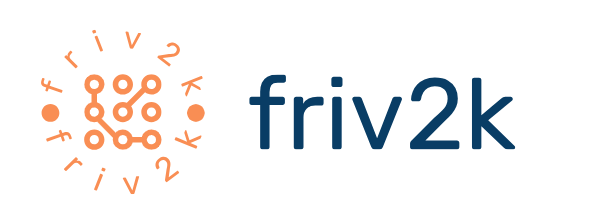Understanding Intuitive Design in SaaS
Intuitive design in SaaS isn’t about flashy animations or trendy interfaces. It’s about creating a seamless and effortless experience for users, allowing them to accomplish their tasks quickly and efficiently without needing a manual or extensive training. It’s about anticipating user needs and designing the software to naturally guide them towards their goals. Think of it as designing a software experience so natural it feels almost instinctive.
The Importance of Clear Navigation
Navigation is the backbone of any intuitive SaaS product. A confusing or cluttered navigation menu can frustrate users and lead to them abandoning the platform. Effective navigation should be consistent throughout the application, using clear and concise labels that accurately reflect the content behind each link or button. Consider using breadcrumbs to help users track their location within the application and easily navigate back to previous screens. Visual cues like icons can also significantly improve navigation clarity and speed.
The Role of Effective Onboarding
First impressions matter. A well-designed onboarding process sets the stage for a positive user experience. Rather than overwhelming users with information upfront, a gradual and contextual onboarding approach is preferable. Guide users through key features with interactive tutorials or tooltips, focusing on the most frequently used functions first. Make the onboarding process skippable for experienced users while still providing easy access to help resources if needed. The goal is to empower users to quickly become comfortable with the software.
Streamlining Workflows and Processes
Intuitive SaaS is about more than just a pretty interface; it’s about optimizing workflows. Analyze user behavior and identify areas where processes can be streamlined. Reduce the number of steps required to complete common tasks, and eliminate unnecessary clicks or screens. Consider using drag-and-drop functionality, automated processes, and shortcuts to improve efficiency. The more streamlined the workflow, the more intuitive the experience.
The Power of Consistent Visual Design
Visual consistency is crucial for building trust and familiarity. Use a consistent color palette, typography, and iconography throughout the application. Maintaining a consistent design language helps users easily recognize elements and understand their function, reducing cognitive load and improving overall usability. Avoid using jarring transitions or unexpected visual elements that might disrupt the user’s flow.
Leveraging User Feedback and Iterative Design
Building an intuitive SaaS product is an iterative process. Continuous user feedback is essential for identifying areas for improvement and ensuring the software meets user needs. Use surveys, user testing, and analytics to gather data on user behavior and identify pain points. Regularly update and refine the software based on this feedback, incorporating user suggestions and addressing identified issues. This iterative design process is key to creating a truly intuitive and user-friendly experience.
Accessibility Considerations for Inclusivity
An intuitive design should be accessible to all users, regardless of their abilities. Adhere to accessibility guidelines, such as WCAG, to ensure the software is usable by individuals with disabilities. This includes providing alternative text for images, ensuring sufficient color contrast, and offering keyboard navigation options. Inclusive design not only benefits users with disabilities but also improves the overall user experience for everyone.
Testing and Refinement: The Ongoing Process
The pursuit of intuitive design is never truly finished. After launch, continuous A/B testing, user feedback analysis, and iterative development are essential. Regularly monitor key metrics such as user engagement, task completion rates, and customer satisfaction to identify areas needing further refinement. Embrace the iterative nature of software development and consistently strive to improve the user experience.
The Impact of Intuitive Design on User Adoption and Retention
A well-designed, intuitive SaaS product leads to higher user adoption rates and improved user retention. When users find a software easy to use and understand, they are more likely to adopt it and continue using it over time. This translates to increased customer satisfaction, reduced support costs, and ultimately, a more successful business outcome. Investing in intuitive design is an investment in the long-term success of the SaaS product. Read more about user-centric design for SaaS.





